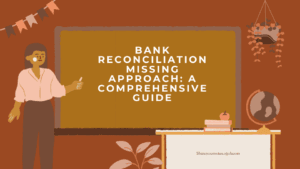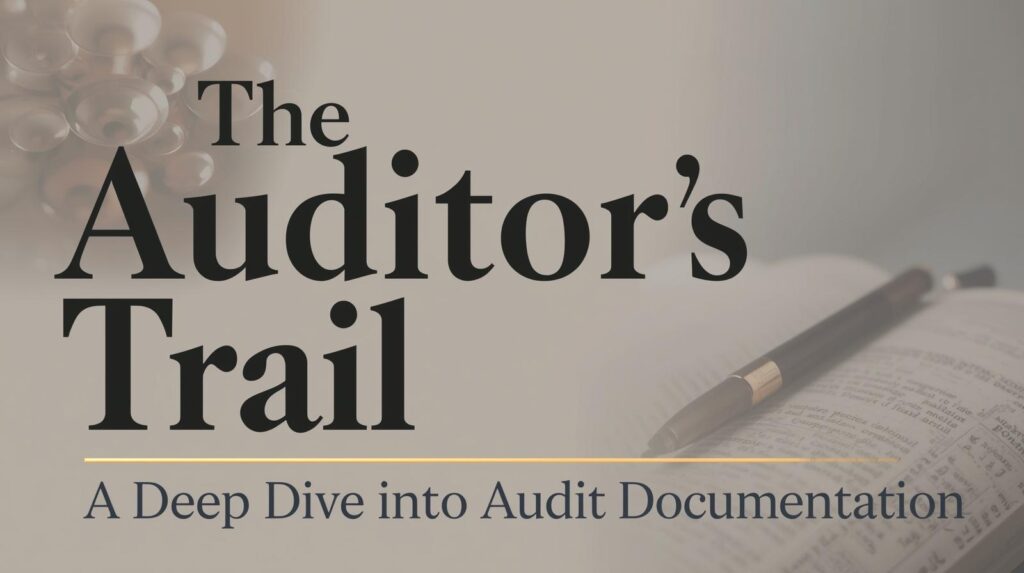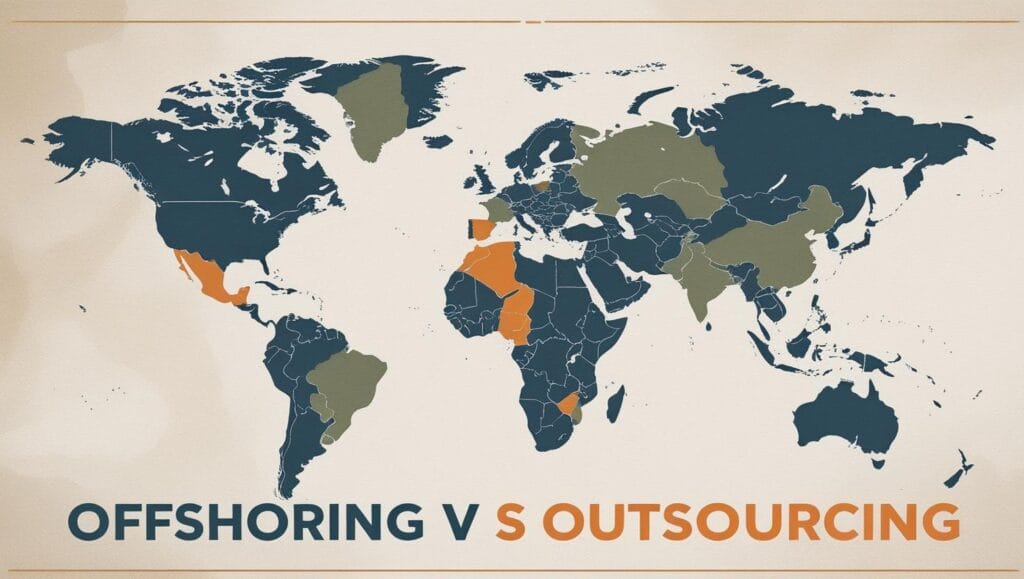Don’t Panic: A Detective’s Guide to Solving Bank Reconciliation Errors
You’ve meticulously compared your bank statement to your company’s cash book. You’ve checked off deposits, cleared checks, and accounted for bank fees. You perform the final calculation… and the numbers don’t match. It’s a frustrating moment familiar to almost every business owner and bookkeeper. That lingering, unresolved difference can feel like a small stone in your shoe—annoying, persistent, and a sign that something is wrong.
But don’t panic. Finding that “missing” amount isn’t about magic; it’s about method. There is a systematic, detective-like approach you can take to hunt down the discrepancy and bring your books back into balance. This guide will walk you through that very process. We’ll explore the common culprits and provide a step-by-step framework to find the error, ensuring your financial records are accurate. This accuracy is the entire goal of the definition of bookkeeping itself: to create a reliable financial history of your business.
Your Troubleshooting Checklist
- Verify the Basics: Double-check that you’re using the correct statements and that the opening balances match.
- Look for Obvious Matches: Search both your ledger and bank statement for a single transaction that exactly matches the discrepancy amount.
- Use the “Halving” Method: Divide the difference by two. Look for a transaction of that amount that may have been recorded as a credit instead of a debit, or vice versa.
- Apply the “Rule of 9”: If the difference is divisible by 9, it’s a strong indicator of a transposition (e.g., $81 instead of $18) or slide (e.g., $180 instead of $18.00) error.
- Perform a Systematic Re-Check: If all else fails, methodically re-verify every single transaction line by line.
Putting on Your Detective Hat: The Systematic Search
When your reconciliation is off, your job is to find the clue that solves the case. The key is to avoid random searching and instead follow a structured process that narrows down the possibilities, starting with the most likely culprits and moving to more detailed analysis.
Verify Your Starting Point
Before you dive into individual transactions, ensure your foundation is solid. Ask yourself:
- Does the opening balance on my current bank statement match the closing balance from last month’s statement?
- Does the opening balance in my cash ledger for this period match the reconciled closing balance from the previous period?
- Am I comparing the correct date ranges? (e.g., August 1st-31st).
A surprising number of errors are found right here. A mismatch in the starting numbers makes it impossible to balance at the end.
Look for a Direct Match
What is the exact amount of the discrepancy? Let’s say you’re off by $150.00. Your first move is to scan your cash ledger and your bank statement for a transaction of exactly $150.00. It’s highly likely that a transaction was either recorded in your books but is missing from the bank’s records (or vice versa), or that a single item was accidentally checked off as reconciled when it shouldn’t have been.
The Halving Method: Checking for Reversed Entries
This is a powerful accounting trick. If you accidentally record a deposit as a payment (or vice versa), the final difference will be exactly double the amount of the original transaction.
Let’s say your reconciliation is off by $300.00. Divide that by two: $150.00. Now, scan all your transactions for something that is exactly $150.00. You might find that a $150 deposit was mistakenly entered as a withdrawal in your books. Correcting this single entry will swing the balance by $300 and may solve your entire problem.
The Rule of 9: Hunting for Transpositions and Slides
This is another classic technique. If your discrepancy is evenly divisible by 9, you almost certainly have a transposition or a slide error.
- A transposition is when you flip two digits. For example, you write $45 instead of $54. The difference is $9, which is divisible by 9. Or, you write $372 instead of $327. The difference is $45 (4+5=9), which is divisible by 9.
- A slide is a decimal point error. For example, you write $500.00 instead of $50.00. The difference is $450, which is divisible by 9.
If you’re off by $27, $99, or any other number divisible by 9, put on your glasses and carefully re-examine the numbers in your ledger for a likely transposition.
The Final Sweep: A Systematic Tick-and-Tie
If the tricks above don’t work, it’s time for the final, most meticulous step. This involves going back to the start and re-verifying every single line item. Place your bank statement and cash ledger side-by-side. Put a small tick mark next to each matching item on both documents. Go through all deposits first, then all withdrawals. When you are done, any item on either document that does not have a tick mark is an un reconciled item and is part of your problem. This is a time-consuming but foolproof way to find the error.
The Usual Suspects: Most Common Reconciliation Errors
While any number of things can go wrong, most discrepancies fall into a few common categories.
Missed Transactions
Forgetting to record a cash withdrawal, a debit card purchase, or a bank fee in your ledger.
Duplicate Entries
Accidentally recording the same payment or deposit twice in your accounting software.
Transposed Numbers
The classic fat-finger error of entering $63 instead of $36, or $1,250 instead of $2,150.
Why Finding Even a Small Error Matters
It can be tempting to just “plug” a small difference of a few dollars to make the books balance and move on. However, this is a dangerous habit. A small discrepancy could be masking a much larger error (e.g., two large errors that coincidentally offset each other). More importantly, the integrity of your financial statements depends on this accuracy. These statements are prepared based on specific rules, and understanding the roles of accounting standards like GAAP highlights the requirement for reliable and verifiable data. A reconciled cash account is the first step toward creating statements that investors, lenders, and the IRS can trust.
Frequently Asked Questions
What if a check is really old and still hasn’t cleared?
An outstanding check that is more than six months old is considered “stale-dated.” Banks may not be obligated to honor it. You should contact the payee to see if they still have the check. If not, you may need to void the original check in your accounting system and issue a new one. In some cases, if the amount is significant and the payee cannot be found, the funds may need to be turned over to the state as unclaimed property.
My accounting software has a bank feed. Do I still need to reconcile?
Yes, absolutely. A bank feed is a powerful tool that automates the *importing* of transactions, but it does not perform the *reconciliation*. The feed doesn’t know about the outstanding checks you’ve written. You still need to go through the reconciliation process within your software to match the imported bank data with the transactions you’ve recorded, identify outstanding items, and confirm that the final adjusted balances match.
The difference is tiny, like 5 cents. Can I just ignore it?
While it’s tempting, it’s best practice not to. A 5-cent difference today could be a symptom of a larger underlying issue. However, most accountants would agree that spending hours searching for a trivial amount is not a good use of time. Most accounting software has a feature to post a small “reconciliation discrepancy” to an expense account to force the balance. This should be used sparingly and only for genuinely immaterial amounts, and you should have a clear company policy on what is considered “immaterial.”
Conclusion: Building Habits for Financial Accuracy
The “missing approach” to bank reconciliation is less of a secret and more of a discipline. It’s about trading frantic searching for a calm, systematic process. By mastering these detective-like techniques, you not only resolve the immediate problem but also build a deeper understanding of your company’s financial flow. This methodical habit is the key to transforming reconciliation from a monthly headache into a powerful tool for maintaining control, ensuring accuracy, and making smarter decisions for your business.


